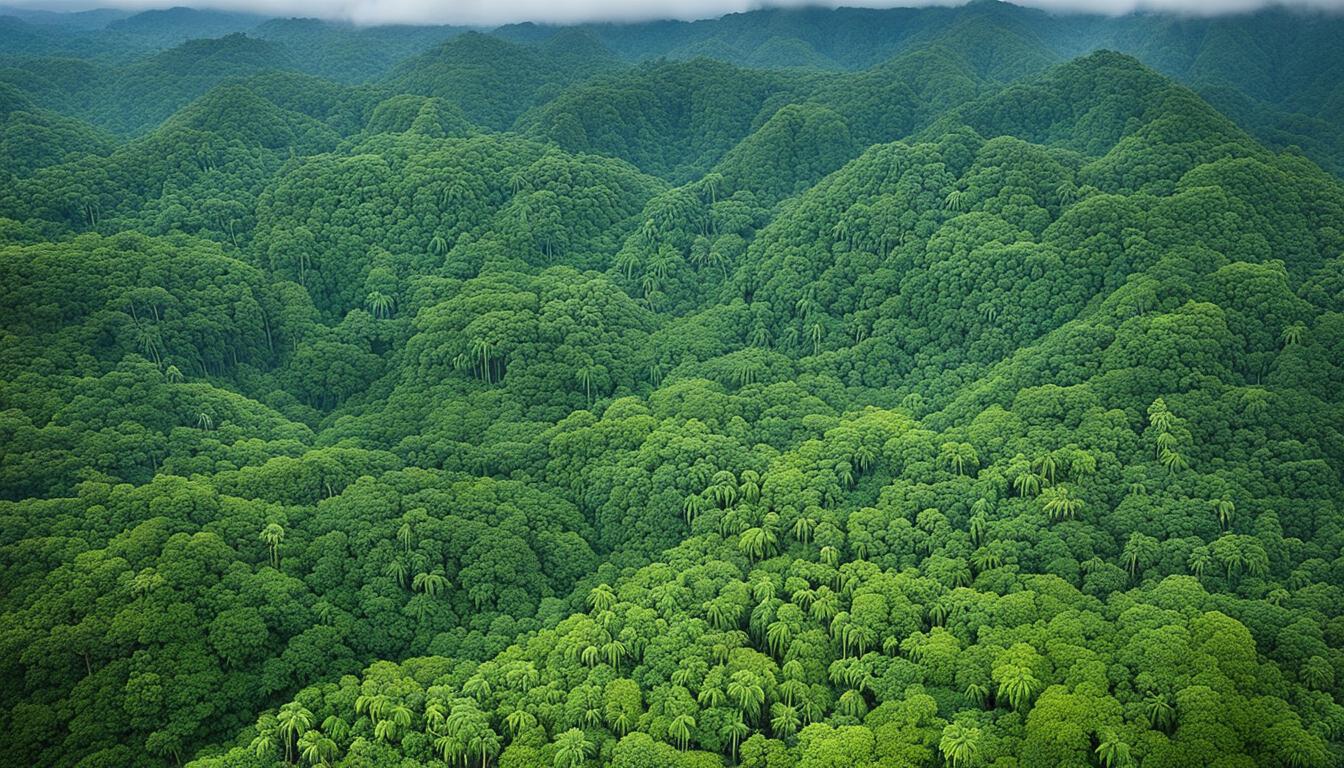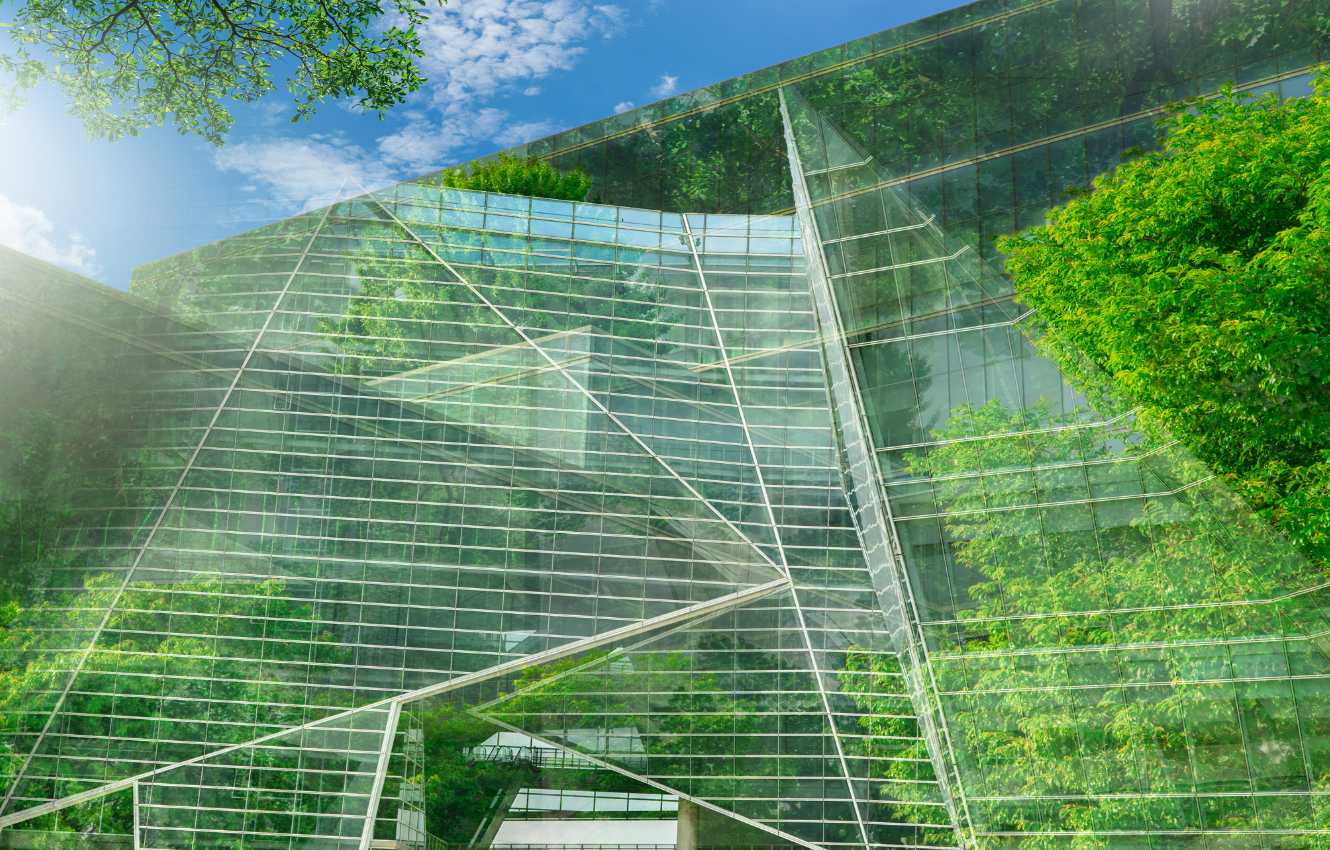El Salvador Biodiversity: Animal and Plant Species and What Is Under Threat
Did you know that despite being the smallest country in Latin America, El Salvador boasts a rich biodiversity that is under threat? From its diverse ecosystems to its endangered species, El Salvador’s natural heritage is at risk due to deforestation and habitat loss. In this article, we will explore the incredible flora and fauna of El Salvador, the threats to its biodiversity, and the conservation efforts being made to protect this unique ecosystem.
Key Takeaways:
- El Salvador is home to a diverse range of animal and plant species.
- Deforestation and habitat loss are major threats to El Salvador’s biodiversity.
- The establishment of protected areas and conservation efforts are crucial for safeguarding endangered species.
- Forests play a vital role in El Salvador’s biodiversity and need to be preserved and restored.
- Sustainable practices and public awareness are essential for the future of biodiversity in El Salvador.
The Incredible Flora and Fauna of El Salvador
El Salvador is known for its remarkable diversity of flora and fauna. The country is home to over 200 species of animals, including butterflies, birds such as the quetzal and toucan, and mammals like ocelots and spider monkeys. El Salvador also boasts a rich selection of plant species, with orchids, ferns, and various trees adorning its landscapes. The unique habitats in El Salvador, such as cloud forests and volcanic ranges, provide ideal conditions for a wide range of species to thrive.
El Salvador’s biodiversity is truly a sight to behold. It is a haven for nature enthusiasts, offering ample opportunities to spot rare and unique species. The lush cloud forests in El Salvador are home to vibrant orchids and a variety of bird species, including the resplendent quetzal. This magnificent bird, with its iridescent feathers, is considered sacred by many indigenous cultures in the region.
The volcanic ranges of El Salvador are another hotspot for biodiversity. These volcanic landscapes create rich soils that support the growth of diverse plant species, including ferns and mosses. In turn, these plants provide habitat and food for a wide range of animal species. The resilience of nature in these volcanic regions is truly awe-inspiring.
El Salvador’s coastal areas also contribute to its biodiversity. The country is home to mangrove forests, which serve as a critical habitat for various marine species. These unique ecosystems provide shelter and protection for young fish, crabs, and other marine organisms, making them essential for the overall health of the marine ecosystem.
The flora and fauna of El Salvador are not only beautiful but also play a vital role in maintaining ecological balance. The diverse plant species help to regulate the climate, prevent soil erosion, and provide valuable resources for local communities. Likewise, the animal species contribute to pollination, seed dispersal, and play essential roles in the food web.
“The biodiversity of El Salvador is a testament to the resilience and beauty of nature. It is our responsibility to protect and conserve these invaluable natural treasures for future generations.”
The Quetzal: A Symbol of El Salvador’s Biodiversity
One of the most iconic and revered bird species in El Salvador is the quetzal. With its vividly colored plumage and long tail feathers, the quetzal is a symbol of beauty and freedom. This elusive bird can be found in the cloud forests of El Salvador, where it feeds on fruits, seeds, and insects. The presence of the quetzal in these forests is a clear indicator of the region’s healthy and thriving ecosystem.
Preserving El Salvador’s Unique Species
The incredible flora and fauna found in El Salvador are under threat from various factors, including deforestation, habitat loss, and climate change. Conservation efforts focused on protecting natural habitats, promoting sustainable practices, and raising awareness about the importance of biodiversity are crucial for the survival of these unique species.
By appreciating and valuing the diverse wildlife and plant species that call El Salvador home, we can contribute to their conservation. Together, we can ensure that future generations can continue to experience the wonder of El Salvador’s incredible flora and fauna.
Threats to El Salvador’s Biodiversity
El Salvador’s biodiversity faces numerous threats that put its delicate ecosystems and unique species at risk. Deforestation and habitat loss are among the most significant concerns, driven by agricultural expansion and urban development. The destruction of forests and natural habitats not only disrupts the balance of ecosystems but also endangers many native species, including the majestic jaguar and the elusive mountain lion.
Climate change is another detrimental factor impacting El Salvador’s biodiversity. Rapid shifts in temperature and rainfall patterns disrupt the delicate balance of ecosystems and can lead to habitat loss for vulnerable species. Additionally, over-exploitation of resources further exacerbates the decline in biodiversity, as ecosystems struggle to recover from the depletion of essential natural resources.
Pollution also plays a damaging role in the degradation of El Salvador’s biodiversity. Industrial pollution, agricultural runoff, and improper waste disposal contaminate the air, water, and soil, negatively affecting both plants and animals. The accumulation of pollutants can disrupt reproductive processes, weaken immune systems, and ultimately lead to the decline of vulnerable species.
Addressing these threats requires collective action and a commitment to conservation efforts. Sustainable land use practices, such as reforestation and responsible agriculture, are crucial for curbing deforestation and habitat loss. Strict regulations to minimize pollution and enforce sustainable resource management are essential for protecting El Salvador’s delicate ecosystems.
Protected Areas and Conservation Efforts in El Salvador
El Salvador recognizes the importance of conserving its rich biodiversity and has taken significant steps to protect its natural treasures. The establishment of national parks and nature reserves has played a crucial role in safeguarding the country’s unique ecosystems and endangered species.
One such protected area is Parque Nacional Montecristo, located in the western region of the country. This national park is home to diverse flora and fauna, including the iconic turquoise-browed motmot. With its cloud forests and pristine landscapes, Parque Nacional Montecristo offers a sanctuary for a variety of species, contributing to the overall conservation efforts in El Salvador.
Parque Nacional Cerro Verde is another vital conservation site in El Salvador. Situated near the Santa Ana Volcano, this national park protects important habitats, such as pine forests and volcanic slopes. Within the park, visitors can explore scenic trails and observe native wildlife, including hummingbirds and butterflies.
The government of El Salvador has also implemented the National Biodiversity Strategy and Action Plan to enhance conservation efforts across the country. This comprehensive strategy focuses on sustainable practices, habitat restoration, and the preservation of key ecosystems. By prioritizing biodiversity conservation, El Salvador aims to ensure the long-term survival of its unique plant and animal species.
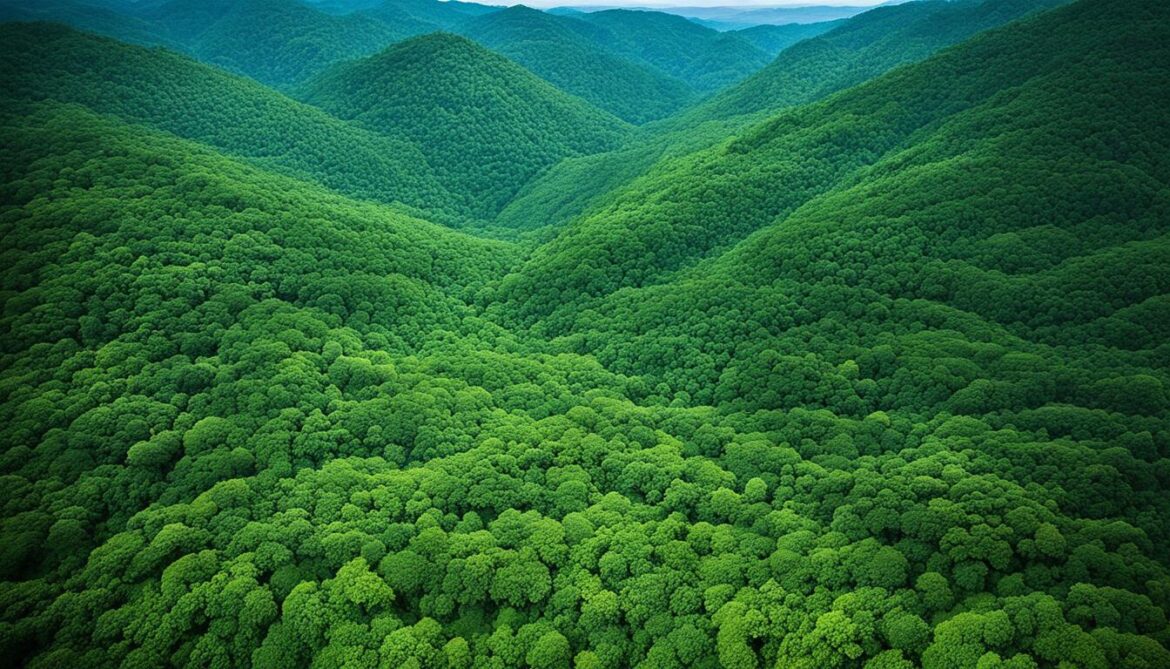
“The protection of nature reserves is paramount in preserving El Salvador’s biodiversity and ecosystems. Through sustainable practices and conservation efforts, we strive to create a harmonious balance between human activities and the natural world.”
– Javier Gonzalez, Minister of Environment and Natural Resources
The Role of Local Communities in Conservation
Conservation efforts in El Salvador extend beyond government initiatives. Local communities play a vital role in protecting the country’s natural heritage. Community-led projects focused on reforestation, wildlife monitoring, and environmental education have proven to be effective in promoting sustainable practices and raising awareness about the importance of biodiversity conservation.
Collaboration and International Support
El Salvador actively collaborates with international organizations and partners to strengthen its conservation efforts. Cooperation with NGOs and foreign entities enables the country to access expertise, secure funding, and implement best practices in biodiversity conservation. Furthermore, international support plays a crucial role in promoting responsible tourism and sustainable development in El Salvador.
| Protected Area | Main Features |
|---|---|
| Parque Nacional Montecristo | Cloud forests, diverse plant and animal species |
| Parque Nacional Cerro Verde | Pine forests, volcanic slopes, hiking trails |
The Importance of Forests in El Salvador’s Biodiversity
Forests play a crucial role in El Salvador’s rich biodiversity. They provide habitat for countless plant and animal species, maintaining ecological balance and contributing to the overall health of the environment.
With their dense canopy and diverse understory, forests support a wide array of life forms, promoting the survival of unique species found in El Salvador. The intricate web of relationships within these ecosystems ensures the sustainability and resilience of the country’s biodiversity.
However, El Salvador has faced a significant loss of forest cover over the years, primarily due to deforestation for agriculture and urbanization. This rapid transformation of land has adversely impacted the delicate balance of ecosystems and has led to the displacement and endangerment of many plant and animal species.
To protect El Salvador’s unique biodiversity, it is essential to focus on forest conservation. By implementing strategies to prevent further deforestation and promoting sustainable land-use practices, we can preserve the remaining forest cover and restore degraded areas.
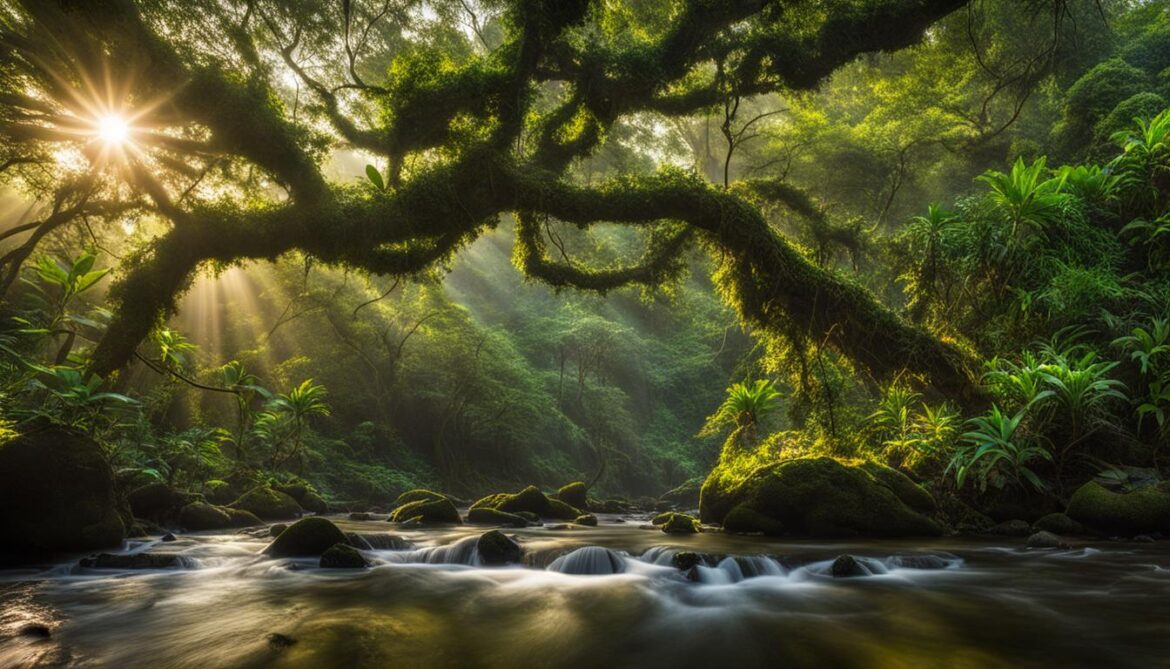
The preservation and restoration of forests not only safeguard the habitat of numerous species but also offer additional ecological benefits. Forests act as carbon sinks, mitigating climate change and helping to regulate the water cycle. They also play a vital role in preventing soil erosion and maintaining the quality of air and water resources.
Efforts to conserve forests in El Salvador involve a combination of government policies, community initiatives, and international collaboration. These efforts aim to create protected areas, establish sustainable forestry practices, and raise awareness about the importance of forests in maintaining the country’s unique biodiversity.
By recognising and valuing the critical role of forests, we can ensure that El Salvador’s natural heritage is preserved for future generations. Through collective action and sustainable practices, we can protect the forests that are vital for the survival of the diverse species that call El Salvador home.
Unique Ecosystems in El Salvador
El Salvador is renowned for its diverse ecosystems, each with its own distinct characteristics. From cloud forests to mangroves and pine forests, the country offers a remarkable variety of natural habitats.
Cloud Forests
One of the fascinating ecosystems in El Salvador is the cloud forests, exemplified by the enchanting Monte Cristo Mountain. These mist-covered forests are home to a plethora of extraordinary species, including spider monkeys swinging from branch to branch, vibrant toucans with their magnificent beaks, and delicate orchids adorning the forest floor. The cloud forests of El Salvador provide a rich, biodiverse environment where unique plant and animal life flourish.
Mangrove Forests
El Salvador’s coastline is dotted with mangrove forests, which play a vital role in supporting the ecological balance of marine ecosystems. These lush forests act as critical habitats for a wide array of marine species, including fish, crustaceans, and nesting birds. Mangroves in El Salvador serve as breeding grounds and nurseries for many marine organisms, contributing to the overall health and productivity of coastal areas.
Pine Forests
The mountainous regions of El Salvador are adorned with majestic pine forests that not only offer breathtaking beauty but also play a crucial role in carbon sequestration. These forests contain a diverse range of bird species, filling the air with their melodious songs. The towering pine trees stand as silent guardians, providing shelter and nourishment for many wildlife species.
“El Salvador’s unique ecosystems, including cloud forests, mangroves, and pine forests, are essential for the preservation of biodiversity and the conservation of endangered species.”
In conclusion, El Salvador’s exceptional ecosystems, including cloud forests, mangroves, and pine forests, are the beating heart of its rich biodiversity. These habitats serve as vital sanctuaries for a vast array of species, safeguarding their survival and contributing to the overall ecological balance. It is imperative to cherish and protect these diverse ecosystems for future generations to come.
| Ecosystem | Key Features | Notable Species |
|---|---|---|
| Cloud Forests | Mist-covered forests with diverse vegetation | Spider monkeys, toucans, orchids |
| Mangrove Forests | Coastal habitats with intertwining roots | Fish, crustaceans, nesting birds |
| Pine Forests | Mountainous regions with towering pine trees | A range of bird species |
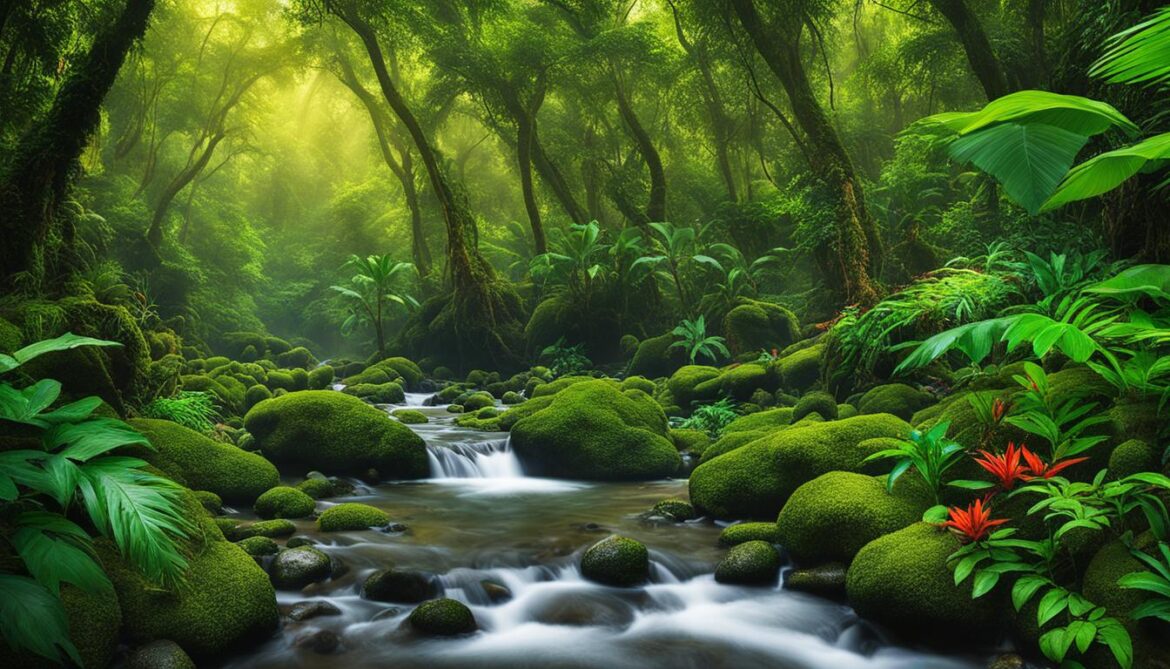
Endangered Species in El Salvador
El Salvador is home to a number of species that are endangered or at risk of extinction. These species play a crucial role in maintaining the balance of ecosystems and preserving biodiversity. The loss of habitat and the threat of illegal hunting pose significant challenges to their survival.
Among the endangered animals in El Salvador is the majestic jaguar. This iconic big cat, known for its powerful physique and distinctive rosette patterns, is critically endangered in the country. Deforestation and the depletion of its natural habitat are the primary factors contributing to its decline.
Another species under threat is the mountain lion, also known as the puma or cougar. These elusive predators are essential for maintaining healthy ecosystems, but habitat loss and increased human activities have pushed them closer to extinction in El Salvador.
The hawksbill turtle, renowned for its beautiful shell and importance in marine ecosystems, is also critically endangered in El Salvador. Destruction of nesting sites, pollution, and illegal poaching for their shells are the main factors threatening their survival.
El Salvador is also home to a variety of bird species facing alarming population declines. From the resplendent quetzal, renowned for its vibrant plumage, to the elusive harpy eagle, these birds are at risk due to habitat destruction and fragmentation.
“The preservation of these endangered species in El Salvador is crucial not only for their individual survival but also for the overall balance and health of the country’s ecosystems.” – Conservationist Maria Sanchez
To ensure the survival of these endangered species, conservation efforts are paramount. Protecting their natural habitats, establishing wildlife corridors, and enforcing strict regulations against illegal hunting are essential steps in their recovery.
Conservation organizations and government initiatives play a vital role in safeguarding El Salvador’s endangered species. These efforts focus on raising awareness, conducting scientific research, and implementing conservation plans to mitigate the threats they face.
The Importance of Collaboration
Preserving the biodiversity of El Salvador requires collaborative efforts from various stakeholders. Local communities, government agencies, and international organizations must come together to address the root causes of habitat loss and take proactive measures to protect these endangered species.
Education and public engagement are crucial in fostering a sense of responsibility and promoting sustainable practices. By raising awareness about the importance of biodiversity and the role each individual can play in conservation, a positive change in attitudes and behaviors can be achieved.
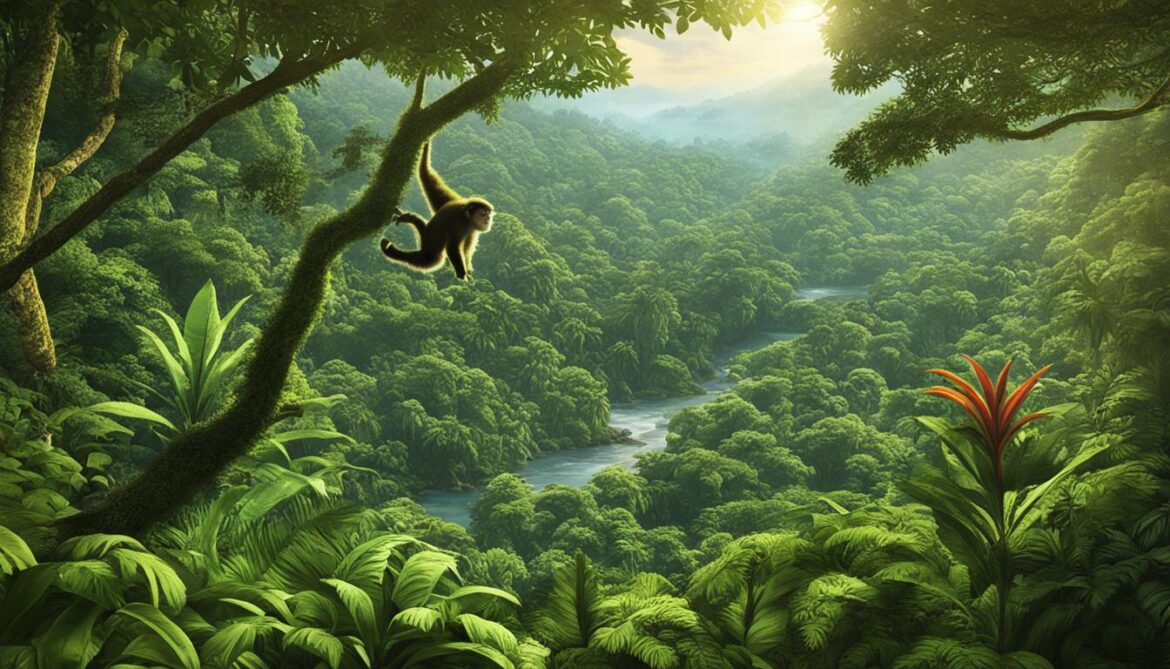
The protection and recovery of endangered species in El Salvador are not only crucial from an ecological standpoint but also for the cultural heritage and national identity of the country. By preserving these unique species, El Salvador can maintain its natural heritage and provide a sustainable future for generations to come.
The Role of Sustainable Practices in Biodiversity Conservation
Embracing sustainable practices is key to preserving biodiversity in El Salvador. By implementing sustainable agriculture, such as organic farming and agroforestry, the country can protect the environment and prevent further habitat loss. These eco-friendly practices promote responsible land use and the adoption of technologies that minimize negative impacts on ecosystems.
“Sustainable agriculture in El Salvador plays a crucial role in preserving biodiversity. Through organic farming, farmers avoid the use of harmful pesticides and fertilizers, ensuring the health of the soil, water, and wildlife,” says Maria Hernandez, a local environmentalist.
Sustainable development is another essential component of biodiversity conservation in El Salvador. It involves balancing economic growth with environmental protection and social well-being. By integrating sustainable practices into infrastructure development, urban planning, and resource management, El Salvador can minimize its ecological footprint and ensure the long-term health of its biodiversity.
Various eco-friendly practices can be adopted at the individual and community level. Conserving energy, reducing waste, and practicing responsible consumption are effective ways to contribute to biodiversity conservation. Additionally, raising awareness about the importance of sustainable practices and educating communities on their benefits can mobilize collective action for a greener future.
The Benefits of Sustainable Practices in Biodiversity Conservation
Implementing sustainable practices in El Salvador offers numerous benefits for biodiversity conservation:
- Preservation of natural habitats: Sustainable agriculture and responsible land use practices help prevent further deforestation and habitat loss, providing a safe haven for endangered species.
- Promotion of ecosystem health: Eco-friendly practices contribute to the overall health and resilience of ecosystems, supporting the well-being of plant and animal species.
- Reduction of pollution and waste: By adopting sustainable practices, El Salvador can minimize pollution and waste generation, creating a cleaner and healthier environment for all living organisms.
- Enhancement of water quality: Sustainable agriculture practices, such as water conservation and natural water filtration systems, improve the quality and availability of freshwater resources, benefiting aquatic species.
- Climate change mitigation: Sustainable practices help reduce greenhouse gas emissions and promote carbon sequestration, mitigating the impacts of climate change on biodiversity.
The Future of Biodiversity in El Salvador Depends on Sustainability
In order to secure a sustainable future for El Salvador’s biodiversity, it is crucial to continue embracing and promoting sustainable practices. This requires ongoing collaboration between individuals, communities, and the government. By prioritizing sustainable agriculture, sustainable development, and eco-friendly practices, El Salvador can protect its unique natural heritage for generations to come.

The Future of Biodiversity in El Salvador
The future of biodiversity in El Salvador relies on the collective efforts of individuals, communities, and the government. Continued conservation initiatives, the protection of natural habitats, and the promotion of sustainable practices are crucial for safeguarding the country’s biodiversity. Public awareness and education play a vital role in fostering a sense of responsibility and encouraging active participation in conservation efforts.
As Sir David Attenborough aptly said, “It is that range of biodiversity that we must care for – the whole thing – rather than just one or two stars.” With this in mind, El Salvador must prioritize the conservation of its unique ecosystems and species for the benefit of present and future generations.
In recent years, El Salvador has made significant strides in preserving its biodiversity. The government has established national parks and nature reserves, providing protected areas for endangered species to thrive. Additionally, the National Biodiversity Strategy and Action Plan has been implemented to guide conservation efforts and promote sustainable practices.
However, the work is far from over. Ongoing conservation initiatives are needed to address the threats facing El Salvador’s biodiversity. Deforestation and habitat loss remain major concerns, necessitating sustainable land-use practices and reforestation efforts. The continued support and engagement of local communities are essential in preserving natural habitats and combating illegal hunting and resource exploitation.
Education and public awareness are paramount in galvanizing widespread action for biodiversity conservation. By informing and inspiring individuals, El Salvador can cultivate a culture of environmental stewardship. Schools, communities, and organizations should collaborate to educate people about the importance of biodiversity and empower them to become active participants in conservation initiatives.
Promoting Sustainable Practices: A Path to a Thriving Biodiverse Future
Sustainable practices hold the key to ensuring the long-term survival of El Salvador’s biodiversity. By adopting sustainable agriculture techniques, such as organic farming and agroforestry, the country can reduce its reliance on harmful pesticides and preserve the health of its ecosystems. Sustainable development practices, including responsible land use and the use of renewable energy sources, can help mitigate the negative impact of urbanization and industrial growth.
Collaboration between government agencies, non-profit organizations, and local communities is vital in implementing and promoting sustainable practices. Through partnerships and knowledge-sharing, El Salvador can create a network of environmentally conscious initiatives that prioritize both economic development and biodiversity conservation.
Investing in research and technology is also crucial for the future of biodiversity in El Salvador. The development of innovative conservation strategies, monitoring systems, and sustainable solutions can enhance the effectiveness of conservation efforts. By leveraging scientific advancements and harnessing the power of data, El Salvador can make informed decisions to protect its diverse flora and fauna.
| Conservation Efforts | Biodiversity Initiatives |
|---|---|
| Establishment of national parks and nature reserves | Implementation of the National Biodiversity Strategy and Action Plan |
| Community engagement and participation in conservation activities | Sustainable land-use practices to reduce deforestation |
| Environmental education programs | Research and technology advancements for biodiversity conservation |
The future of biodiversity in El Salvador is not predetermined. It requires proactive efforts, effective policies, and collective action. By prioritizing conservation, promoting sustainable practices, and fostering public engagement, El Salvador can forge a path towards a future where its unique ecosystems and species thrive for generations to come.
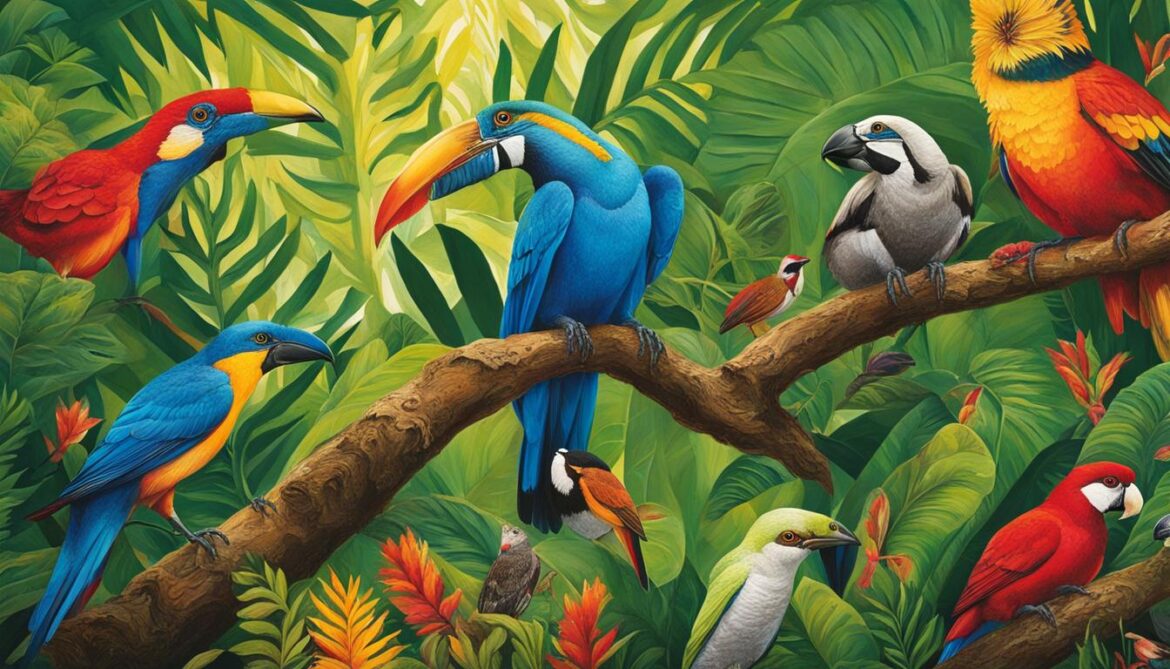
Conclusion
El Salvador’s biodiversity is a precious asset that must be protected and conserved for the benefit of future generations. The country’s diverse ecosystems and unique species underscore the significance of prioritizing conservation efforts. By actively addressing the threats posed by deforestation and habitat loss, implementing sustainable practices, and raising awareness, El Salvador can secure the long-term survival of its invaluable biodiversity. It is crucial for individuals, communities, and the government to collaborate in creating a sustainable future for El Salvador’s biodiverse landscapes and species.
As we reflect on the rich natural heritage present in El Salvador, it becomes clear that safeguarding its biodiversity is not only a responsibility but also an opportunity. By embracing sustainable practices, including eco-friendly agriculture and responsible land use, El Salvador can strike a balance between development and conservation. The integration of environmental education and public awareness campaigns can further empower individuals to play an active role in preserving the country’s ecological diversity.
In summary, the importance of El Salvador’s biodiversity cannot be overstated. Its unique ecosystems and endangered species demand our attention and action. By working together, we can ensure that the vibrant flora and fauna of El Salvador continue to thrive for generations to come.





